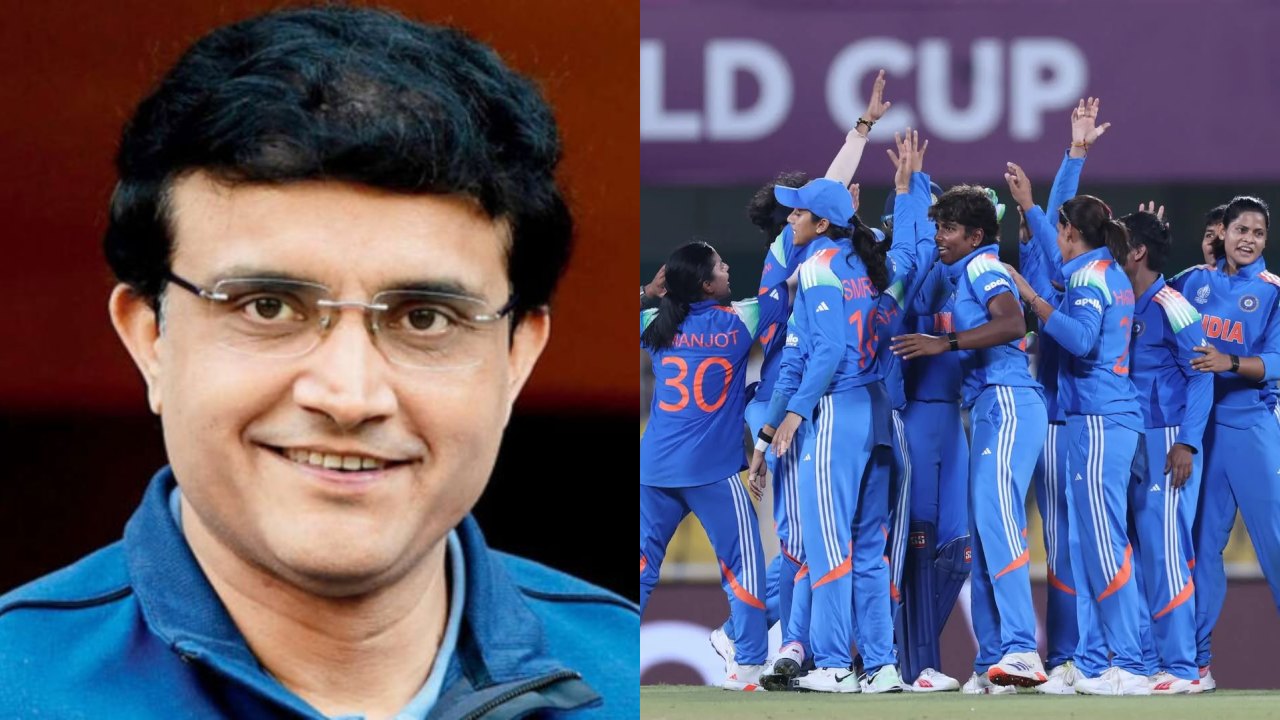Years ago, Sourav Ganguly said, “Girls don’t need to play cricket.” The remark drew mild attention at the time, but today, in 2025, it feels almost prophetic—not in intent, but in contrast. India’s Women’s Cricket Team has just lifted their first-ever ICC Women’s World Cup trophy, defeating South Africa by 52 runs at DY Patil Stadium in Navi Mumbai. And as the victory went viral, Ganguly’s words resurfaced, triggering memes and light-hearted trolling across social media.
India batted first and built a formidable total of 298 for 7. Shafali Verma’s explosive 87 off 78 balls set the mood of the match, while Smriti Mandhana’s measured 45 stabilised the innings. Deepti Sharma’s 58 runs and a five-wicket haul (5/39) that ruined South Africa’s chase completely changed the match to India’s advantage. The first wicket partnership between Mandhana and Verma reached 104 runs, thereby giving India the momentum they would hold on to till the end. South Africa’s Laura Wolvaardt scored a century but India’s disciplined bowling made it a tough task to get runs.
Women’s cricket in India has arrived, demanding attention and respect, and rewriting centuries of underestimated potential. Watching the men in the house, glued to the screen, to watch the women play cricket, gives you a different sort of a kick—a feeling only women could explain!
Ganguly’s words now read negligibly like direction and more like a chronological irony. It now becomes a showcase of how a narrative can make a shift when dexterity is given the opportunity. The trolling of him is a reflection that triumph mutes scepticism faster than words ever could.
India’s women have done more than win a World Cup—they have oppugned biases, edified a generation of young girls, and shown that cricket, at its best, is demarcated by skill and perseverance, not gender. The takeaway is clear: girls can play cricket. They can excel. They can make history. And the Women in Blue proved all three certainly.

